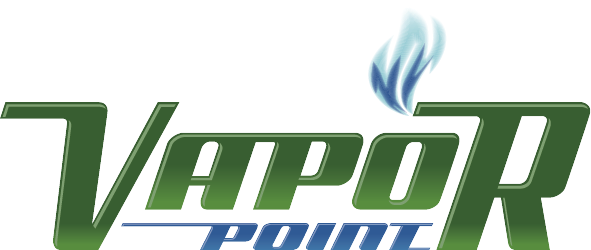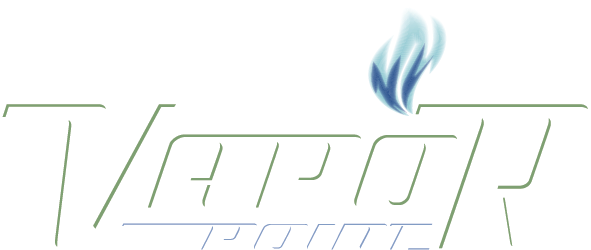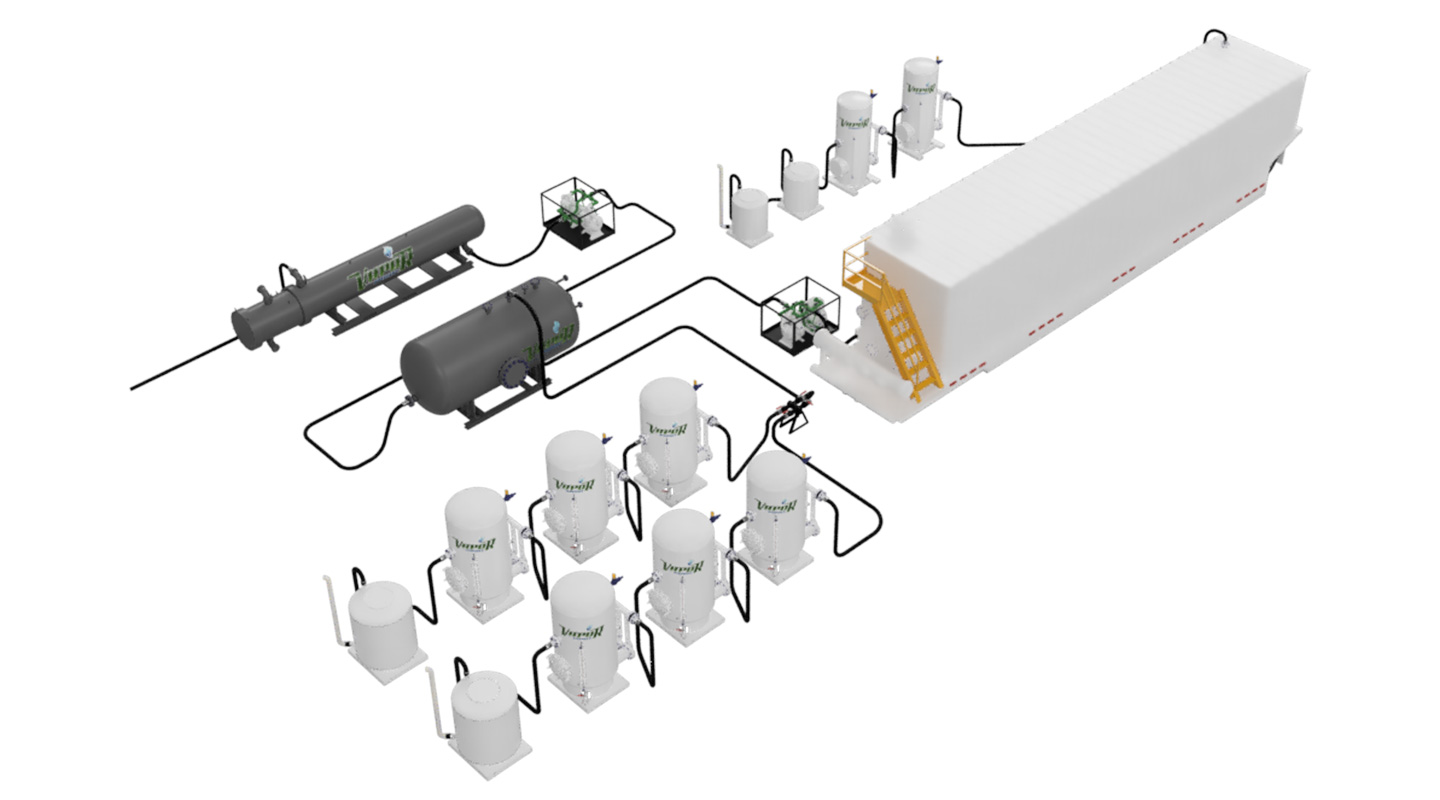Flareless Chemical Cleaning:
- Predictable alternative to flare during vapor phase unit decontamination
- Evacuation with steam, nitrogen, or liquid pump down to external storage (frac) tanks of liquid and vapor phases
- Vapor phase may be the only purged material

Vapor Point Advantages:
- Allows for complete discharge (vapors) of operating equipment while recovering emissions
- Higher deinventory flow rates and pressures versus limits by conventional storage equipment (frac tanks at 1 PSI max.)

Results:
- Improved unit deinventory performance/ cleaning
- Decreased downtime
Flare Gas Recovery Limited Capacity or Availability During Turnarounds:
- Flare gas loading during turnarounds can reach the capacity of the flare unit and affect continuing process operations
- Fugitive emissions of VOCs, H₂S, Benzene, HAPs, etc.
- Compressor typically temperature limited
- Maintenance ability to isolate “high loading” vapor emission units which can cause upsets to entire facility
- Shutdown schedule optimization

FGR Alternative Turnaround Advantages & Results:
- Allows for point source controls of high emission loading unit blowdowns
- Non-combustion source can be placed close to operating units
- Ability to design larger flow units to accommodate high flowrates / high-loading turnarounds
- Pressure vessel allows for increased purge pressures and flows
- Liquid levels managed by Vapor Point Technicians
- Treating of vapor flows, and reduction in flaring / FGR loading


